The 7 Best Tiling Tools for Your Next Project
Unsure which tiling tools you need? These are the best tiling tools that are budget friendly, efficient and ensure longevity
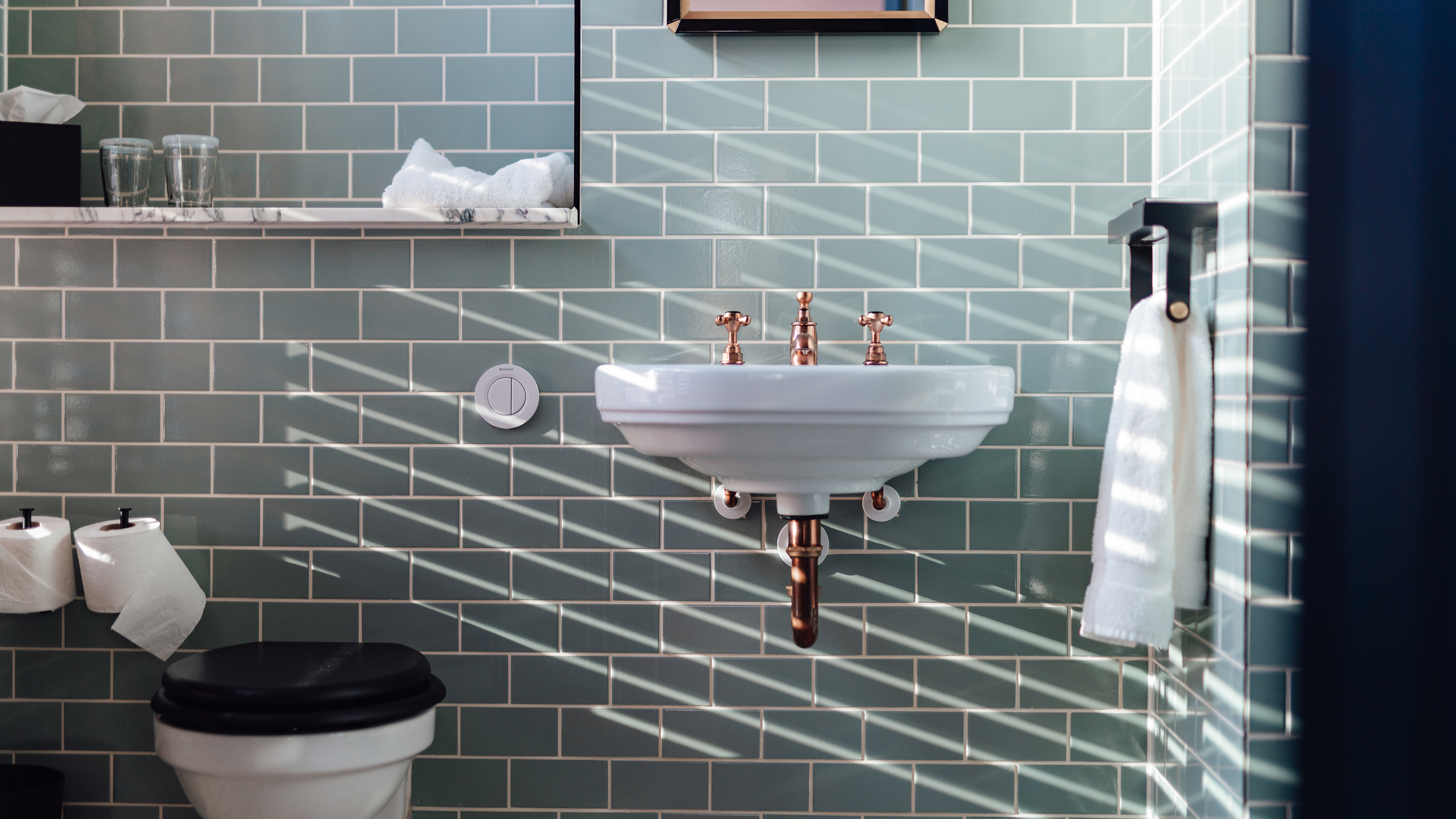
Finding the best tiling tools can be tricky because there's often more than one tool that could be used to get the job done.
The choice of tools you require may also vary depending on your DIY job, such as whether you're tiling a wall, tiling a roof or painting tiles.
In this guide we look at seven tiling tools that you'll most likely require whatever project you're working on. These are:
- tile cutter
- mixing bucket
- mixing paddle
- notched trowel
- grout float
- tile spacers
- laser level
We've curated the best products that consider efficiency, budget and longevity, so you can make light work of your project, even if you’ve never tiled before.
The Best Tiling Tools
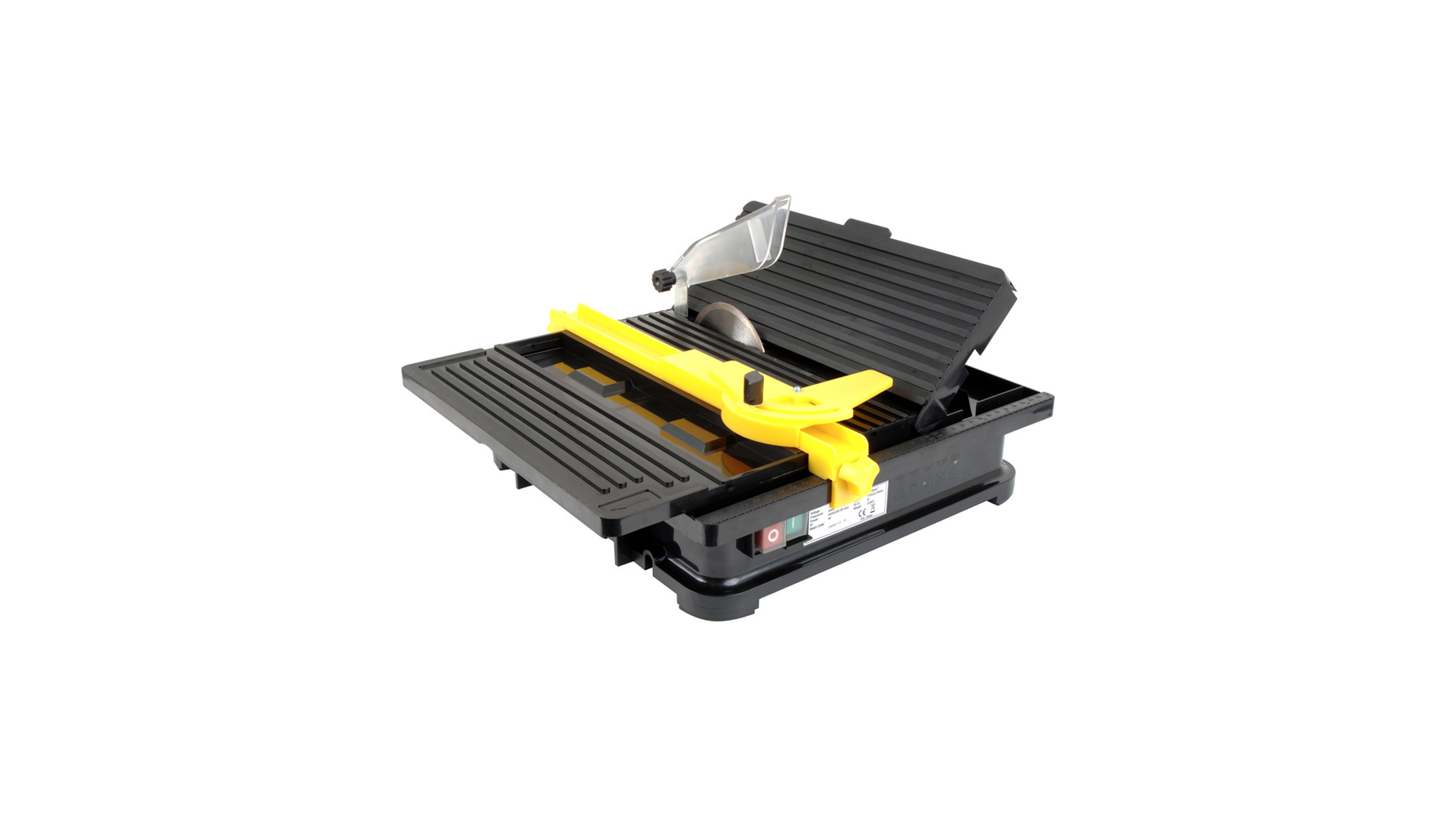
QEP Diamond Wheel Wet Tile Cutter
An easy-to-use, affordable tile cutter
Table Size: 340 x 305 mm | Wattage: 450 | Weight: 3.75kg
The Diamond Wheel Wet tile cutter is ideal as an entry level unit that will allow you to work faster and give you more options over a manual tile cutter, such as cutting very large tiles.
Higher-end tile cutters are likely to give cleaner cuts however this unit is a great, affordable option for a beginner DIYer.
It’s worth keeping in mind that a tile cutter removes about 3mm worth of tile to make a cut so if you are needing to cut tiles in half with no loss of tile then you might like to try a manual cutter.
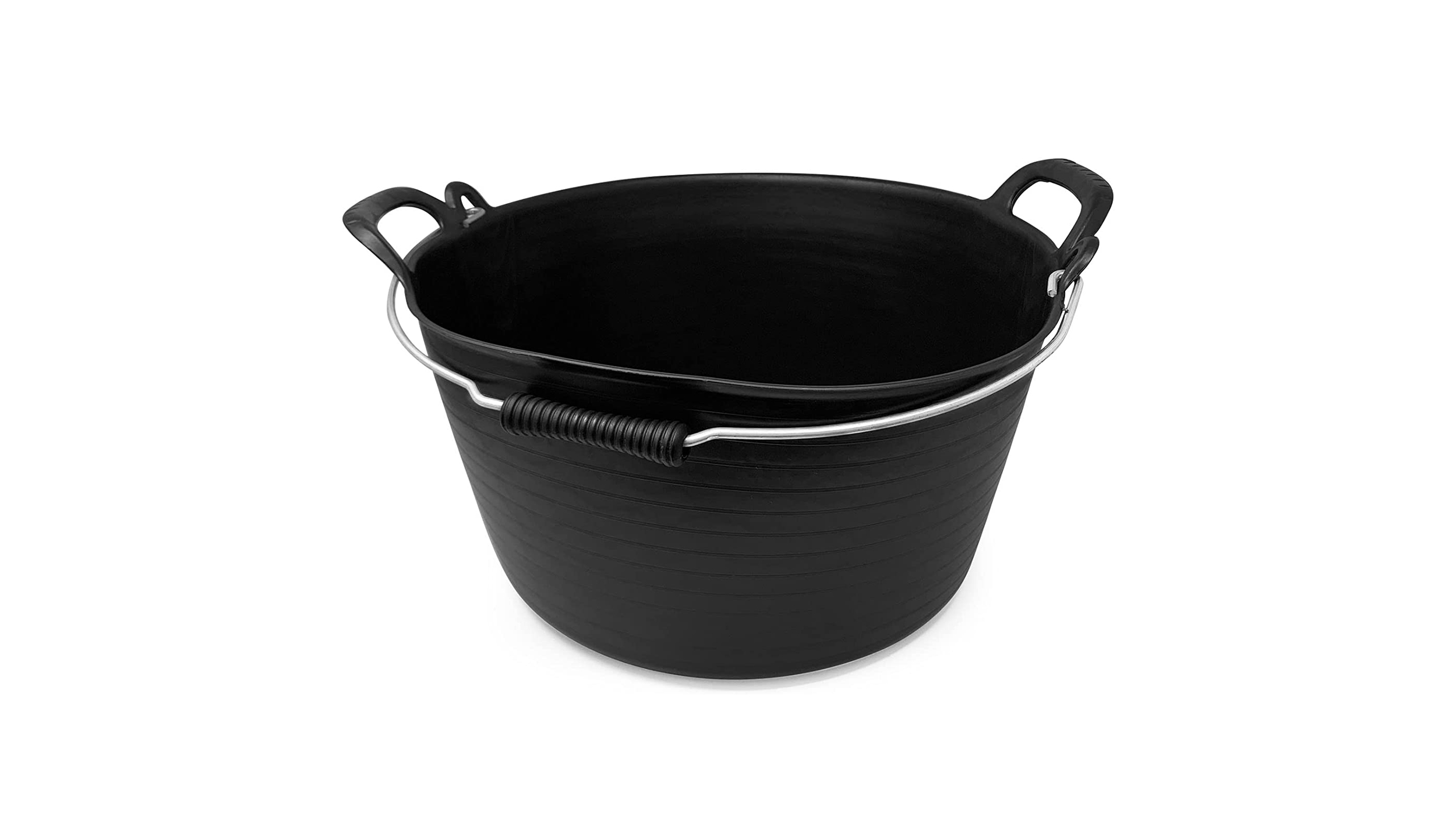
Plastific Flexible Storage Bucket
A heavy duty and versatile mixing bucket
Material: Polyethylene | Size: 345 x 240 x 240 mm | Capacity: 15L
A flexible plastic bucket can be an ideal asset for a DIYer across all major projects, for jobs such as mixing tile adhesive, paint or wallpaper paste.
The great advantage of a flexible bucket over solid plastic is that any dried-on product can be easily removed by manipulating the plastic; it pops right off, meaning it can be used again and again.
The handles and size make it easy to move and the rounded-out base means it’s easy to scoop out any product in the bottom corners.
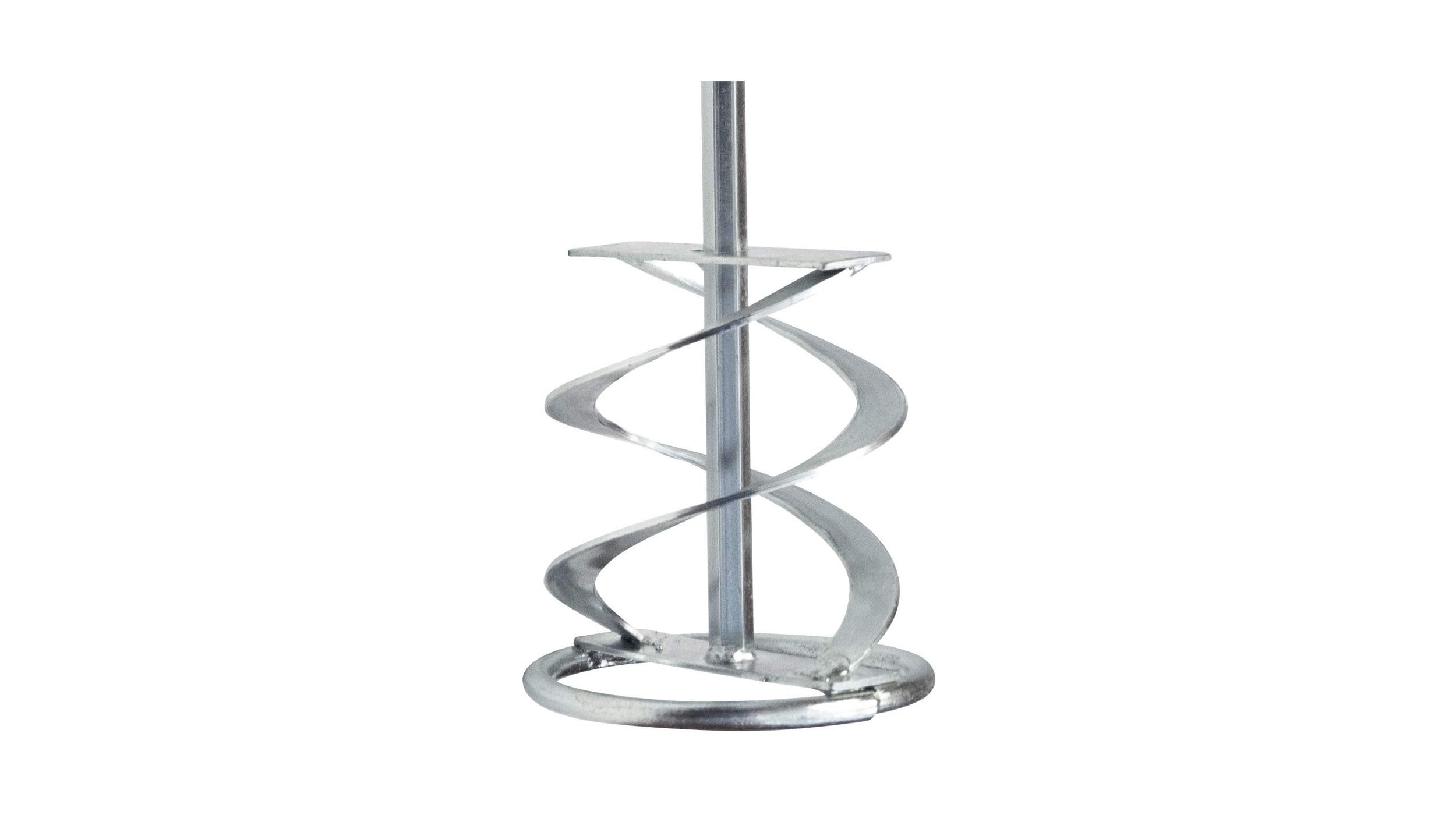
BFG Mortar Mixing Paddle
Multiple uses and easy to clean
Material: Stainless Steel | Size: 80 x 400 mm | Weight: 300g
A mixing paddle attachment for your drill can be a cheaper alternative to buying a specialised paddle mixer. To use, insert into the drill chuck and tighten.
It’s also easy to clean as you can simply spin it in a bucket of clean water. If there is any dried-on product it can be removed by gently tapping with a hammer.
As well as mixing tile adhesive for the best consistency, you can also use this for other DIY jobs, such as mixing paint with water for a mist-coat.
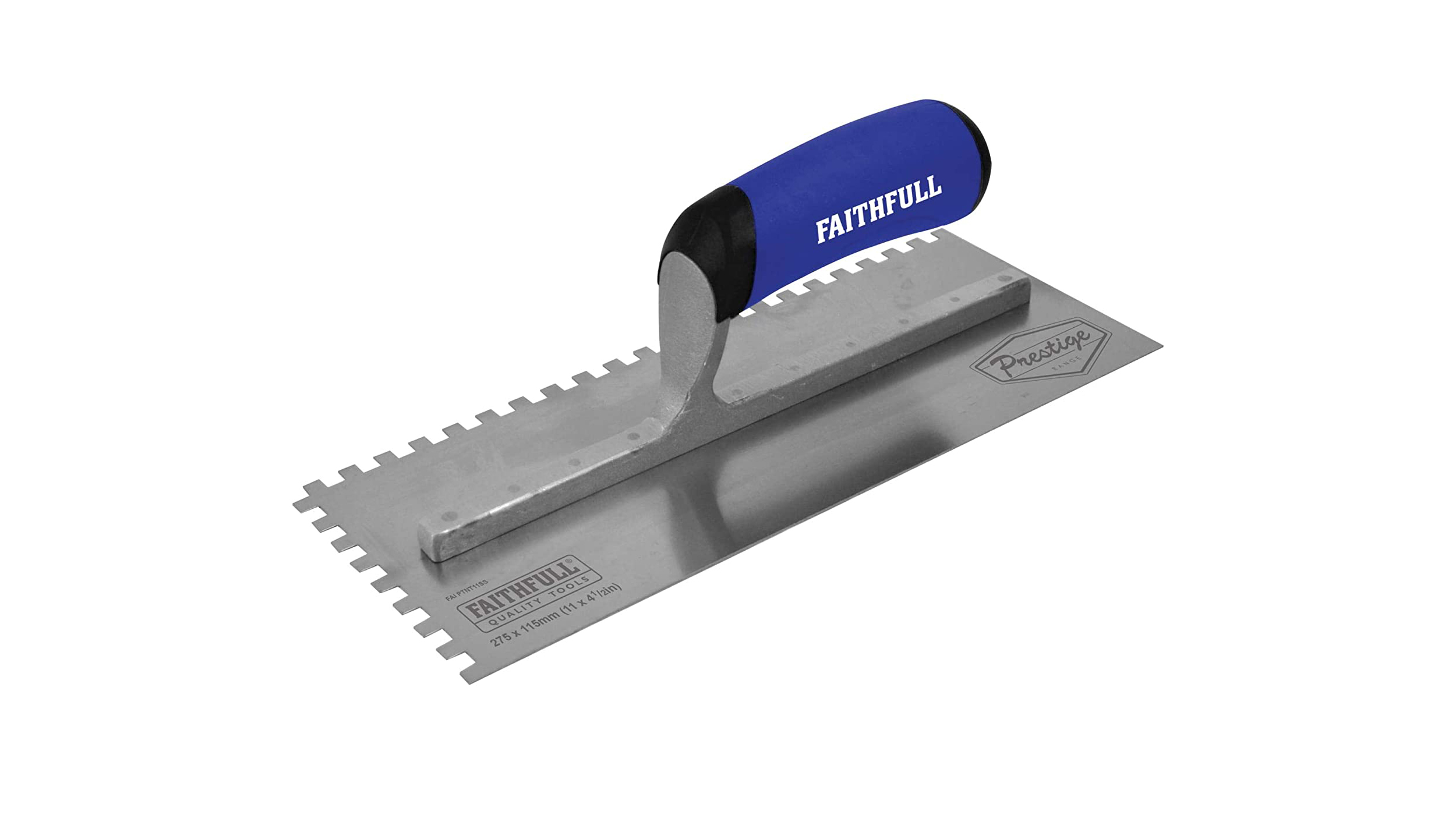
Faithfull FAIPTNT11SS Tiling Trowel
Rubber handle makes this easy to use
Size: 275 x 115 mm | Notch size: 6mm | Material: High-grade stainless steel
A trowel is used to spread adhesive evenly on the surface that you are tiling. The notches on trowels come in different sizes depending on your project - 2mm is standard for very intricate projects, increasing up to 2cm for very large tiles.
A 6mm trowel like this great pick from Faithfull is the most commonly used size for tiling jobs, and is a good all-rounder to get started.
Being made from stainless-steel minimises the risk of rusting, and the rubber handle reduces the likelihood of blisters when using for prolonged periods.
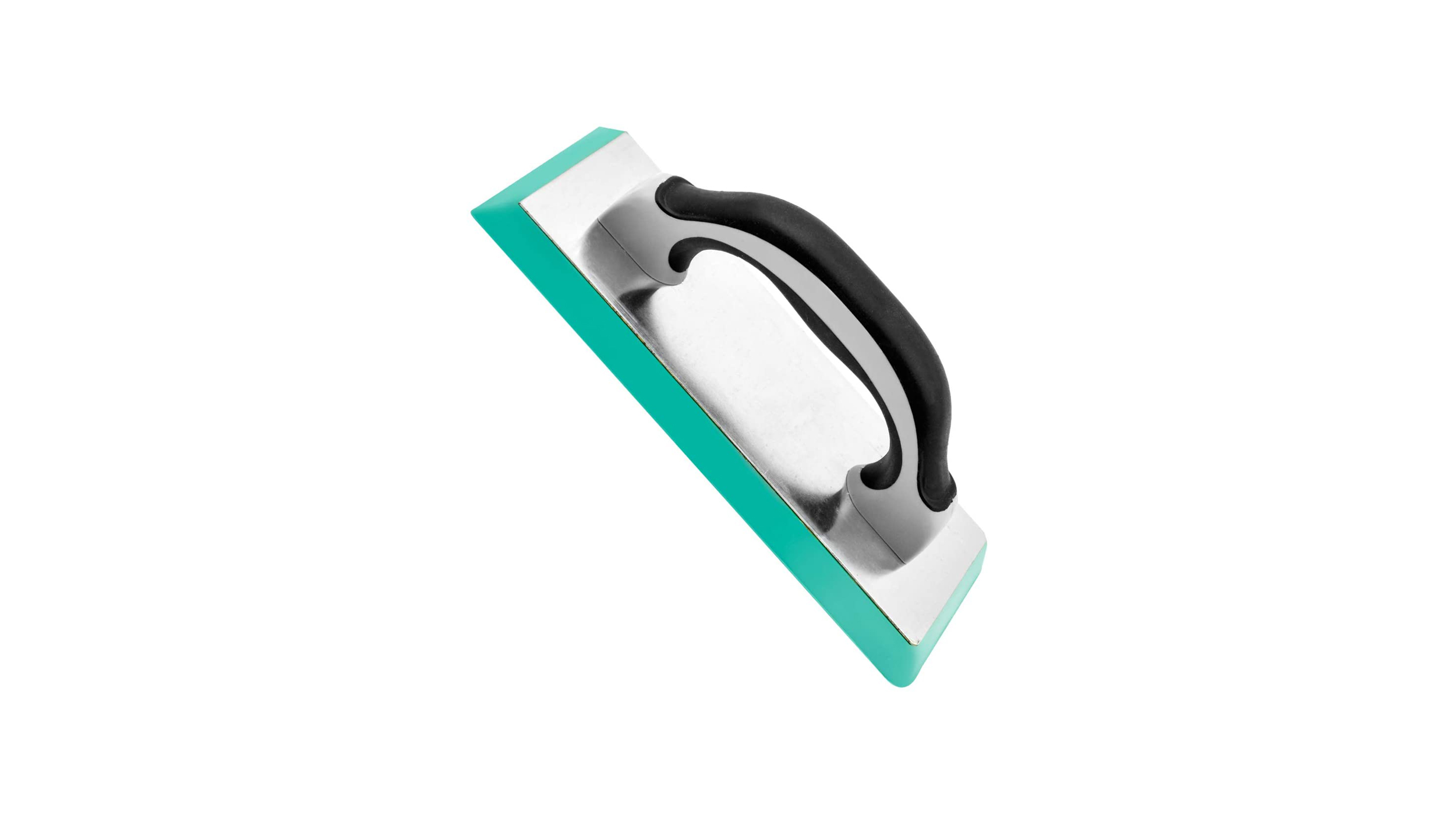
ROLLINGDOG Rubber Grout Float
Designed with convenience in mind
Size: 240 x 100 mm | Material: Rubber | Weight: 530g
A grout float is used to pump grout into the gaps between tiles, the rubber pad allows you to glide the pad across the tiles and remove excess grout without scratching them.
A medium-sized float is ideal for most tiling projects and the rubber handle on this float from ROLLINGDOG allows for comfort and easy gripping, especially when working overhead. It also features two angled corners and two rounded corners for convenient spreading.
It’s possible to find all-in-one combination grout floats and trowels, however these come without handles and can be messy to use and difficult to hold.
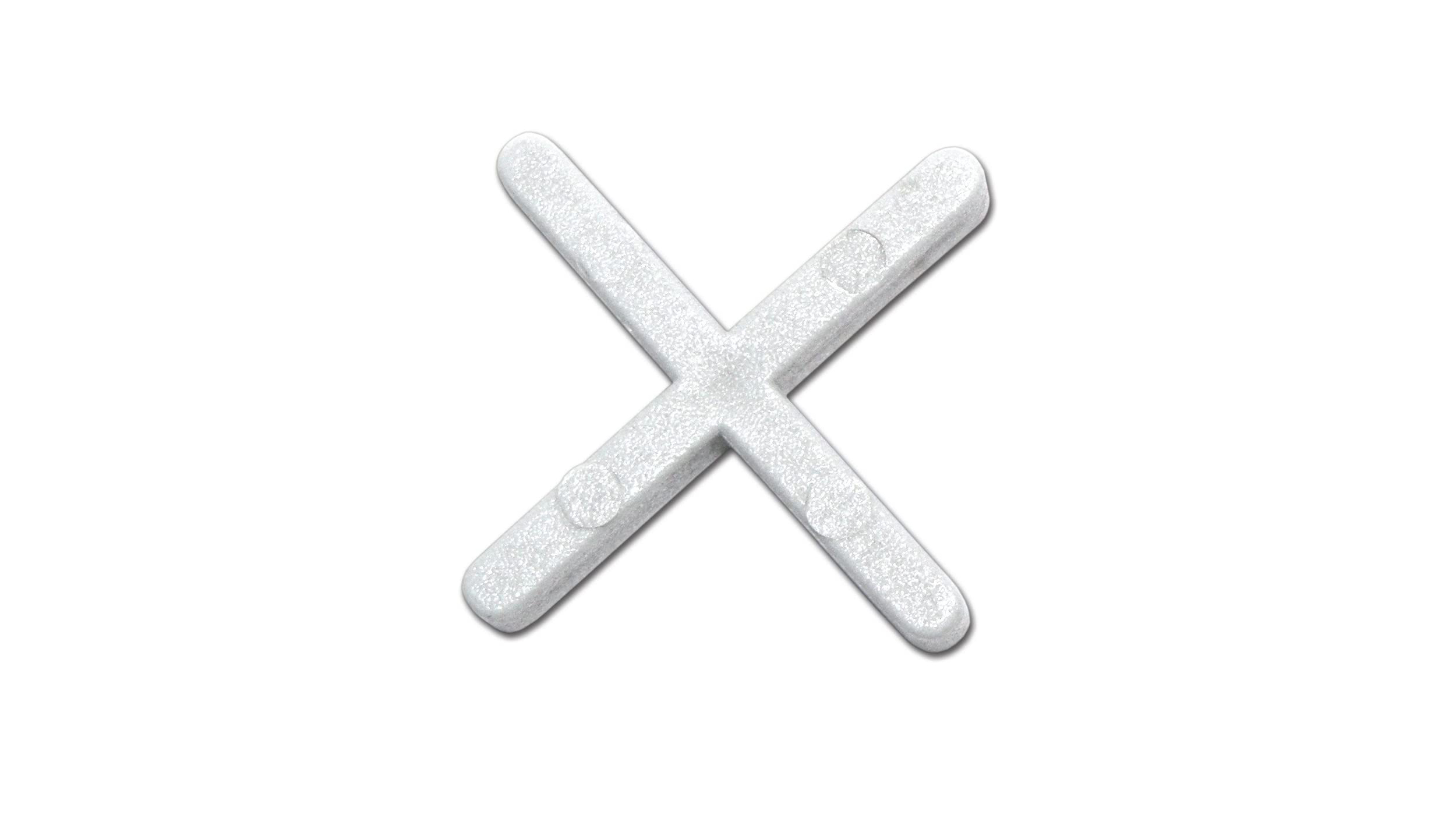
RUBI Tile Spacers
Size: 3 x 20 x 20 mm | Colour: White | Material: Plastic
A gap between tiles is required to prevent cracking. The natural movement of a house or shifts in temperature can cause minor movement to set tiles, and if they are butted up against one another they are likely to crack.
Tile spacers come in a variety of sizes depending on the width of gaps you require. Spacers that are 2-3mm wide, like this product from RUBI, are a common size for wall tiling jobs such as installing metro tiles.
Some swear by hanging tiles by eye and whilst this is a fine approach for the seasoned pro, many of us will benefit from the ease of using tile spacers in creating a consistent line and pattern.
These spacers are slightly fiddly to use, but they deliver a professional finish, they're remarkably cheap, and they're very easy to clean.
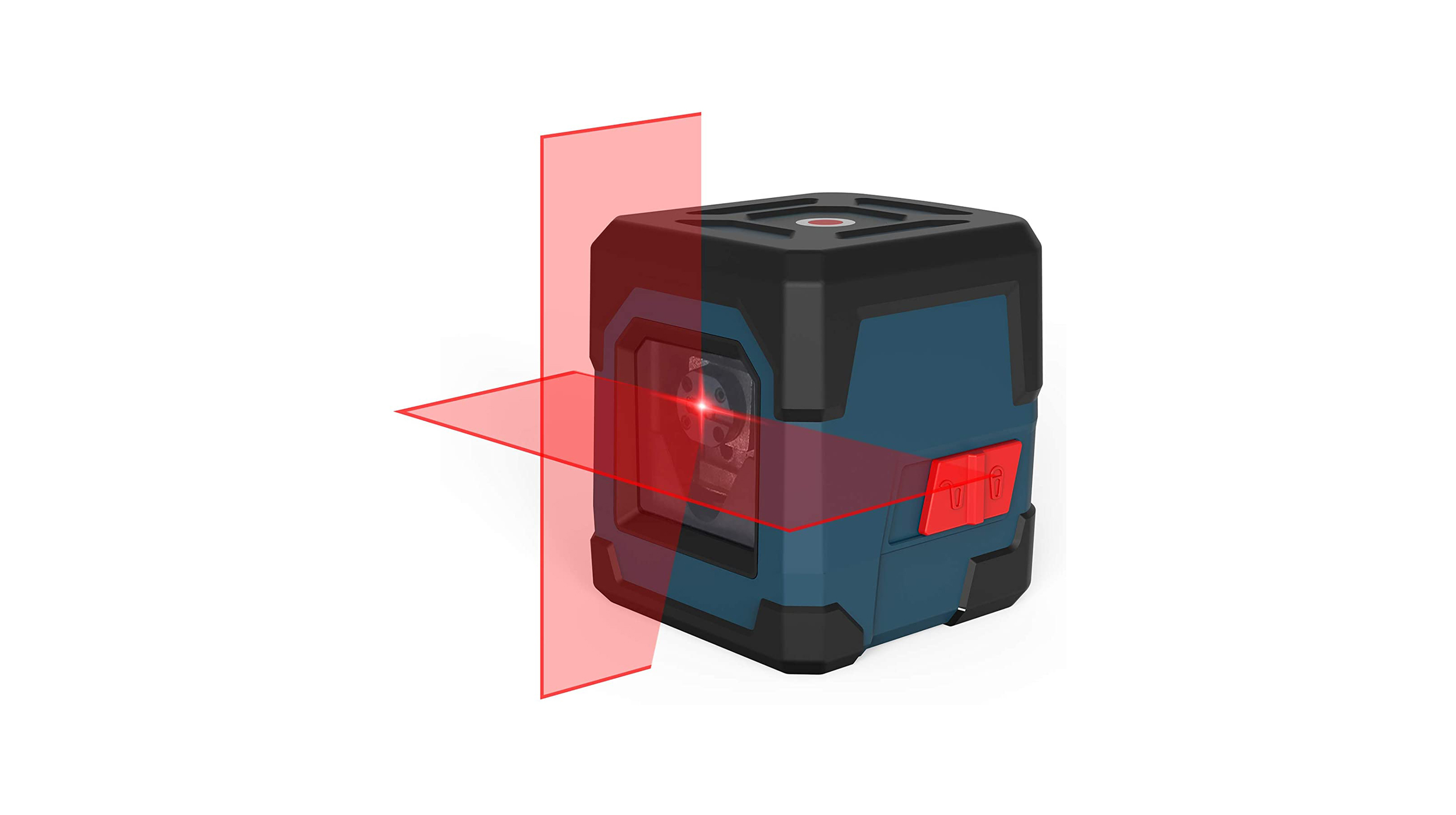
RockSeed Laser Level
Great value for money
Size: 75 x 70 x 80 mm | Weight: 225g | Power: Battery
A laser level allows you to project a straight and level line onto a wall to use as a guide from which to start your tiling.
Another possible alternative to a laser level is a manual handheld level. A handheld level can often be easier for two people to use together, one holding the level and another drawing a straight line on the surface.
This is why, although at a higher price point, an entry-level laser level like this one from RockSeed is preferred over a manual level.
Not only is it easy to use, but it has utility across a multitude of other projects, such as hanging picture frames. It's also durable with a high protection grade (IP44).
What to Know When Buying the Best Tiling Tools
Versatile tools that can be used across multiple projects will provide the best value for money, which include a laser level, paddle and good quality bucket. So consider what else you might use a tool for to aid your decision making.
There are a number of additional tools that might come in handy for tiling, such as a tile levelling system, a tile file for rough edges, or tile nippers for awkward angles. These are all great additions to your tool set if you find yourself tiling often.
If you are new to tiling try a standard-set rather than rapid-set adhesive. This will allow you time to reposition tiles if needed and to wipe off any excess grout or adhesive left on the tile before it dries.
Get the Homebuilding & Renovating Newsletter
Bring your dream home to life with expert advice, how to guides and design inspiration. Sign up for our newsletter and get two free tickets to a Homebuilding & Renovating Show near you.
Emma is a UK-based DIY educator and director of the social media brand DIY With Emma, whose primary mission is to help more people get into DIY through sharing DIY hacks and how-tos. The DIY influencer, whose videos have received millions of views, has recently renovated her 19th-century cottage on a tight budget, has also created DIY content for Homebuilding & Renovating.

